We have been raising Beveren and Belgian Hares here at Trickster Hare farm since 2011. We were very involved raising a few other breeds in the past, and included info on all the breeds just for edification. For the first time in 8 years we picked up a third breed.
The Blue Holicer is the 52nd breed to be recognized by ARBA, starting at National Convention in 2023. They’re very cute but the main reason they were selected is that they are only recently imported and in Yugoslavia where they originate, there are no rabbit feed pellets. Consequently, this breed in theory is used to growing on whole foods such as hay, vegetable scraps, and perhaps grain. The idea of a rugged rabbit that could produce using less feed appeals; the price of feed has gone up at least 20% in the past couple years and endangers the sustainability of raising our own livestock.
When we began again with rabbits (after being in 4H with rabbits as a youth), we started with the Belgian Hare and the American. These two heritage breeds opened the door to discovering the endangered rabbit breed list at the Livestock Conservancy. It appears our preference is for the look and type of rabbit that were popular many years ago. We added a few other heritage breeds – the Harlequin, Beveren (heard so much about its personality!) and the Blanc de Hotot.
The mandolin semi-arch typed rabbits were the ideal rabbit type in the 1900’s. This build is curvy and elegant. Nowadays the commercial type is popular – they look a bit like “rabbit loafs” with their boxy build, and the older breeds went out of style. This reflected the restaurant’s changing preference for meaty back legs to a uniform rabbit. For the rest of us, there are so many more interesting options.
For us, we want rabbits that produce well, have large litters, and grow fast. We first and foremost are putting food on our tables and feeding our cats a healthy raw food diet per the doctor’s orders. We select for these traits. Show performance is a factor but if a rabbit is a slow grower or doesn’t produce large litters its not adding to the viability of the breed. This sets us apart from other show breeders whose main focus is winning on the table, at the sacrifice of viability in food production. It’s sad there is such a strong division, as the show people are leading the way with breeds being preserved.
For fancy, which means pets and show, we raise the Belgian Hare. These rabbits make lovely housepets, can be leash trained, and pretty much steal your heart and make you do anything and everything for them to be happy, all while hopping around your house getting into things. They are really interactive, many are very bright, and they rival cats and dogs with their personalities.
Below find a brief synopsis on each breed we raise or raised.
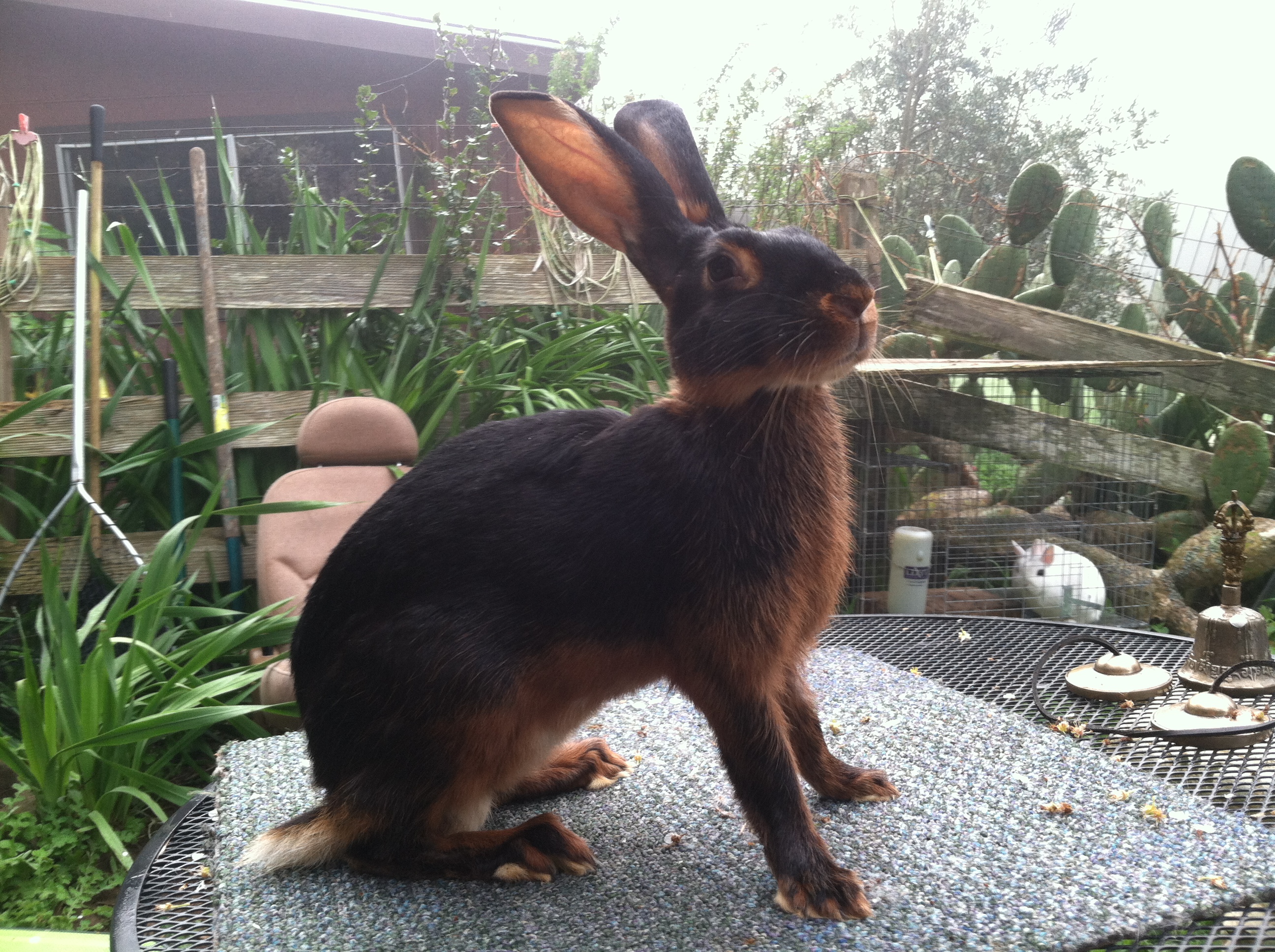
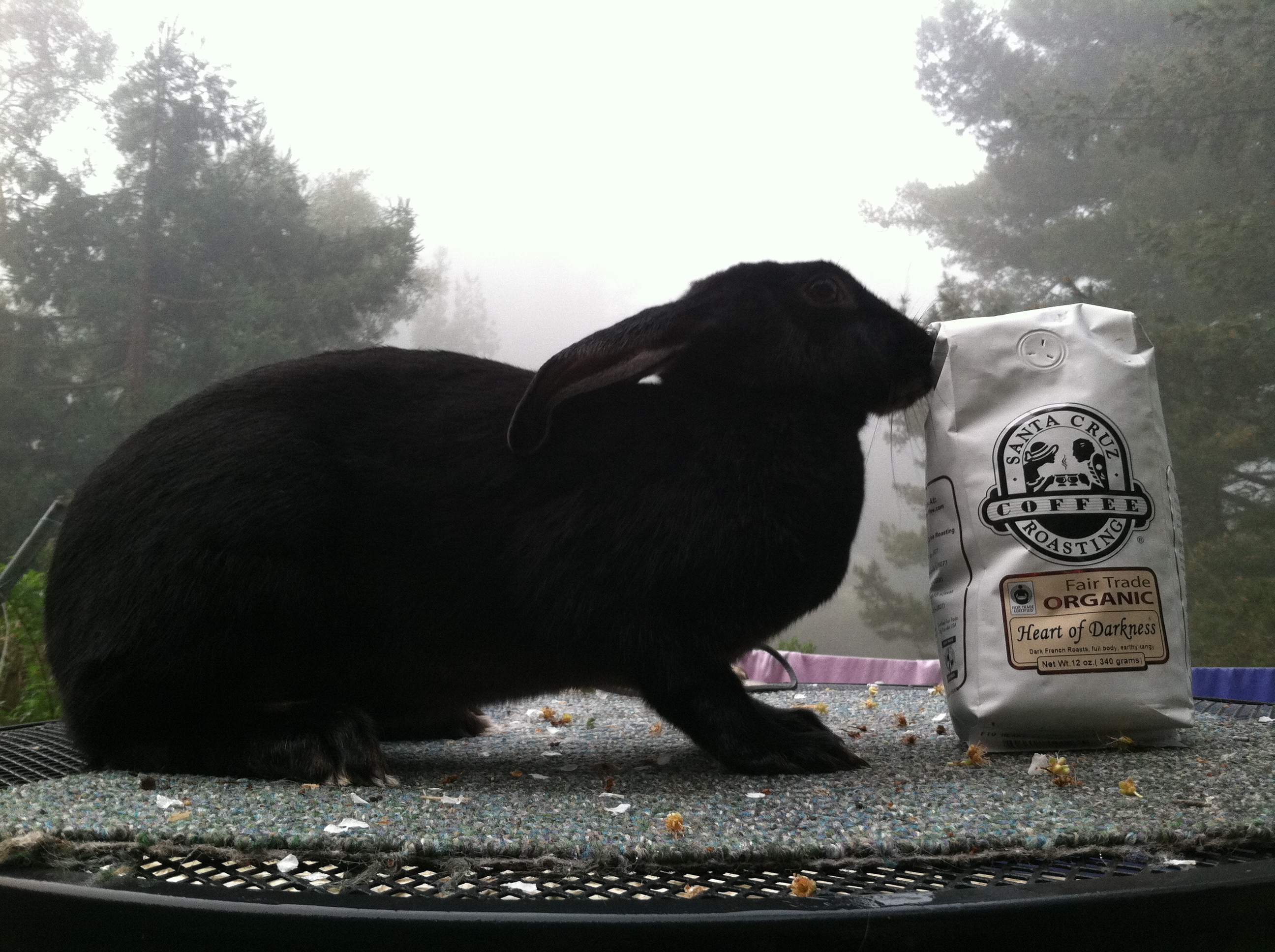
Belgian Hare
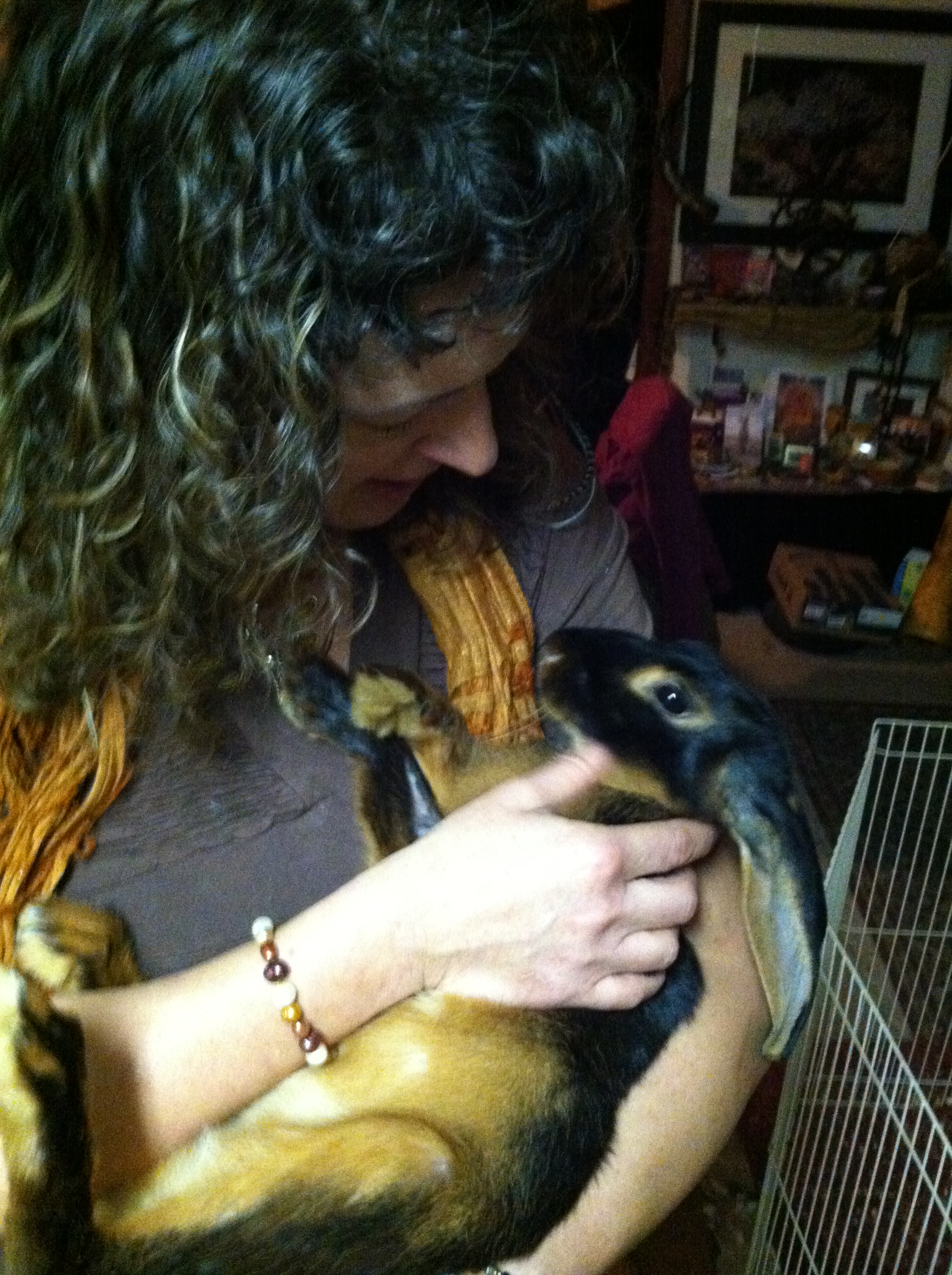
An exquisitely fine and racy animal, Belgian Hares are very special and are not for everybody. They have particular needs different from other rabbits – such as, no wire floors, extra large pens and runs for plenty of exercise – or your whole house! This rabbit needs to be able to move for its health and strength for its extra long back.
For the fancier, they also require lots of patience – Hares breed when they want to, and not on schedule with anyone else. Many people report having just one litter a year, which is more than enough for this fancy animal, who is on the endangered list because there is not a high demand for this old fashioned breed. In part, that may also be due to having been changed from it’s original heavyweight form to the fine-boned and racy modern configuration.
They make ideal pets for people whom the wild look speaks to their heart and soul, they are usually very smart, easy to litter box train, leash train, affectionate and fairly calm, making them quite suitable for an indoor pet. In our experience, they like children as well, as long as your kid is trained to handle them with care with those long backs and legs.
Belgian Hares were bred in Europe and England to look like the wild European hare. They were first imported to the U.S. in 1888 and fetched exorbitant prices – $500 to $1000 apiece in pre-1900 dollars! Those were called the Belgian Hare Boom Years. The Livestock Conservancy lists this rabbit as Threatened. For more info on the history this rabbit, visit the club page.
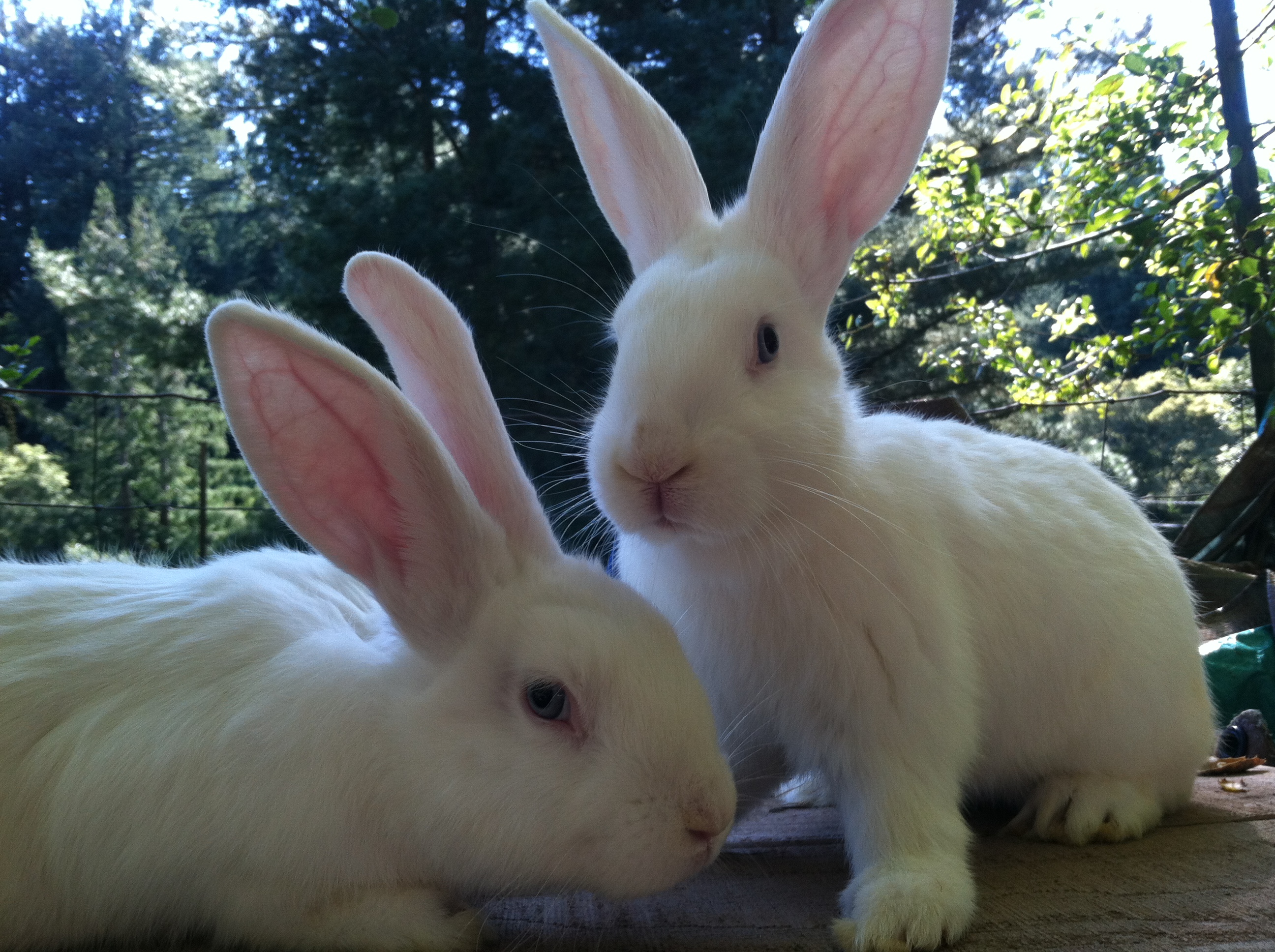
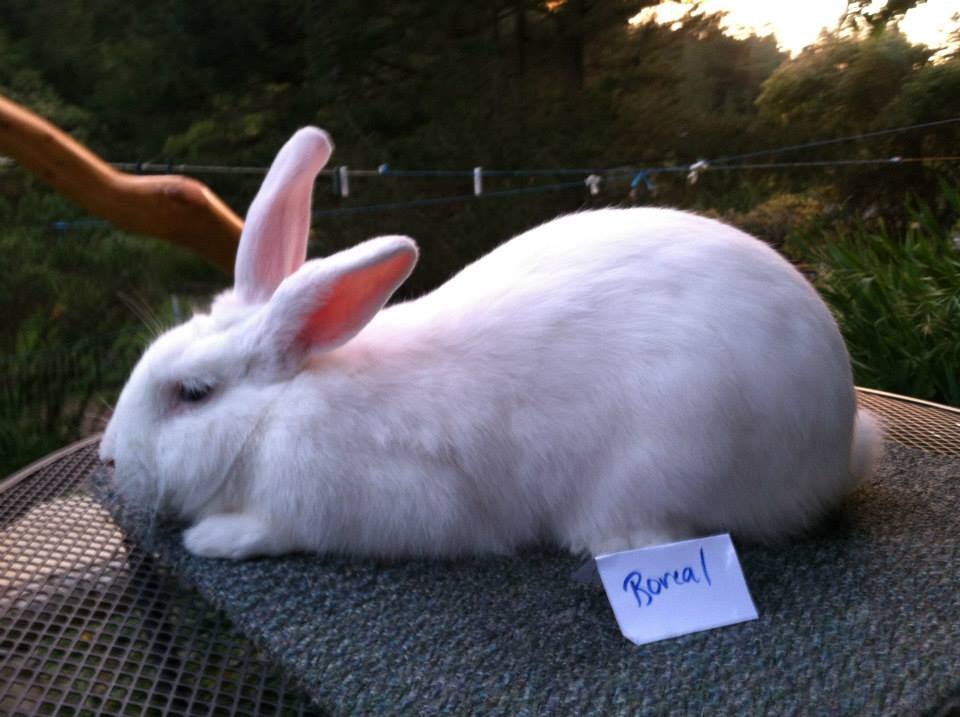
Beveren
Its been theorized that Beverens fell out of favor as a meat breed due to their oversized personalities! These rabbits are the goofiest, quirkiest, gentlest, and can be one of the most affection-demanding rabbit breeds. Many people who find themselves breeding Beveren do not find it easy to eat them for this reason. At the same time, we do not promote bad traits here, from physical defects to personality issues, so those are the ones that go on the table. Beverens are the most popular rabbit here at Trickster Hares Farm because they are just so adorable we end up keeping many.
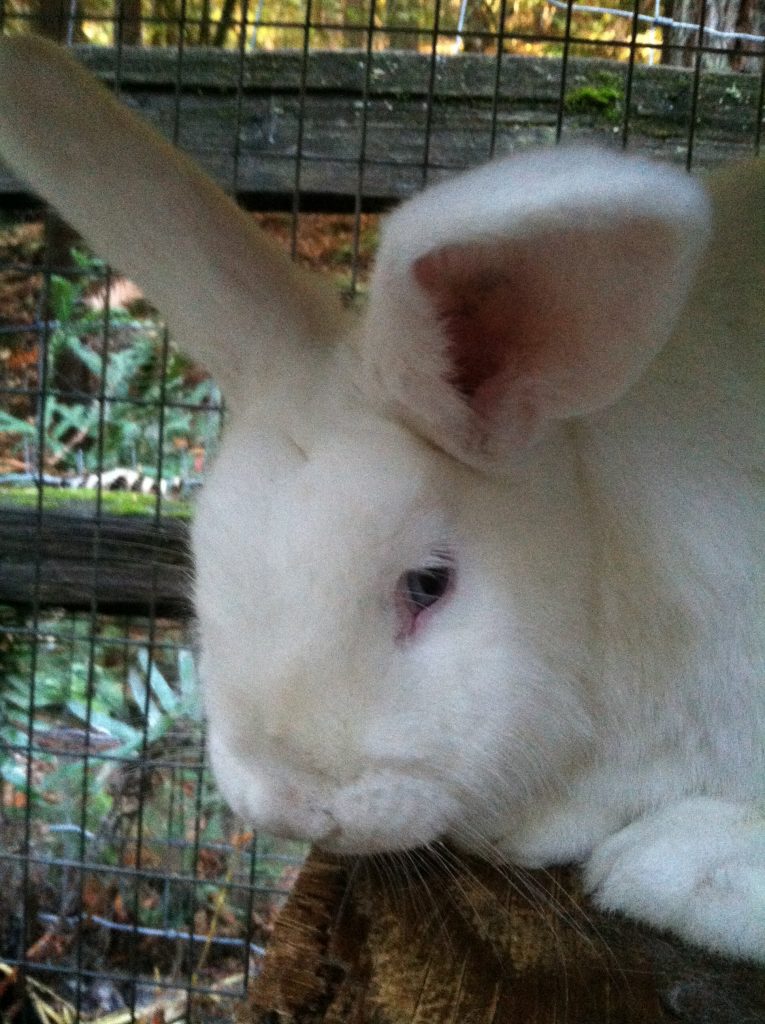
Our Beverens do excellent on the show table, winning Best of Breed in shows of over 40 animals, multiple times, including the West Coast Classic, and Best Opposite Sex of Breed at National Convention in Del Mar in 2016. A rabbit we sold a few months prior, won Beveren Nationals in 2017.
We’ve also won Best of Fur at many shows. We do select here for fur, something overlooked by other breeders who focus mainly on type at the sacrifice of the quality of fur. The Beveren was the original fur breed, and unfortunately due to points on the show table – and the crashing of the fur industry – many breeders have let slip the emphasis on fur. Nowadays, there is a comeback in fur, and we hope sustainable fur sources like rabbits will be selected instead of foxes and mink, since rabbits are also a food source. We find the pelt on the Beveren is one of the best, with its rollback and density, and with selection, could be brought back to it’s former glory.
Its been very exciting to promote this exceptional breed. Beveren come in black, blue, and blue-eyed white. We only raise white. This breed is very old, coming from Beveren, Belgium, but was first recognized in the U.S. in 1925. Its on the Watch list by the Livestock Conservancy. Many dedicated breeders are working with this breed but we still need more to keep the viability going.
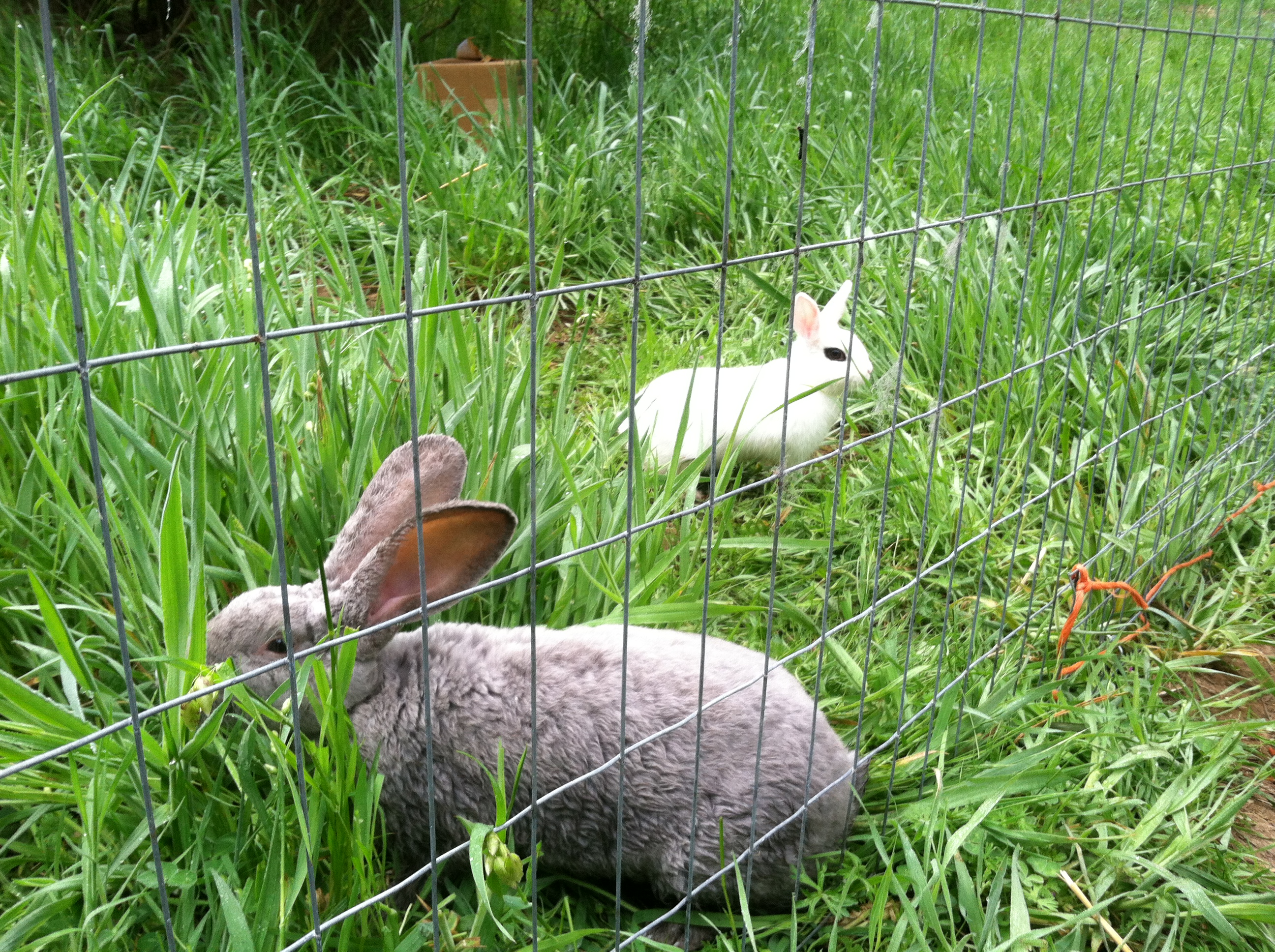
Curly Beveren
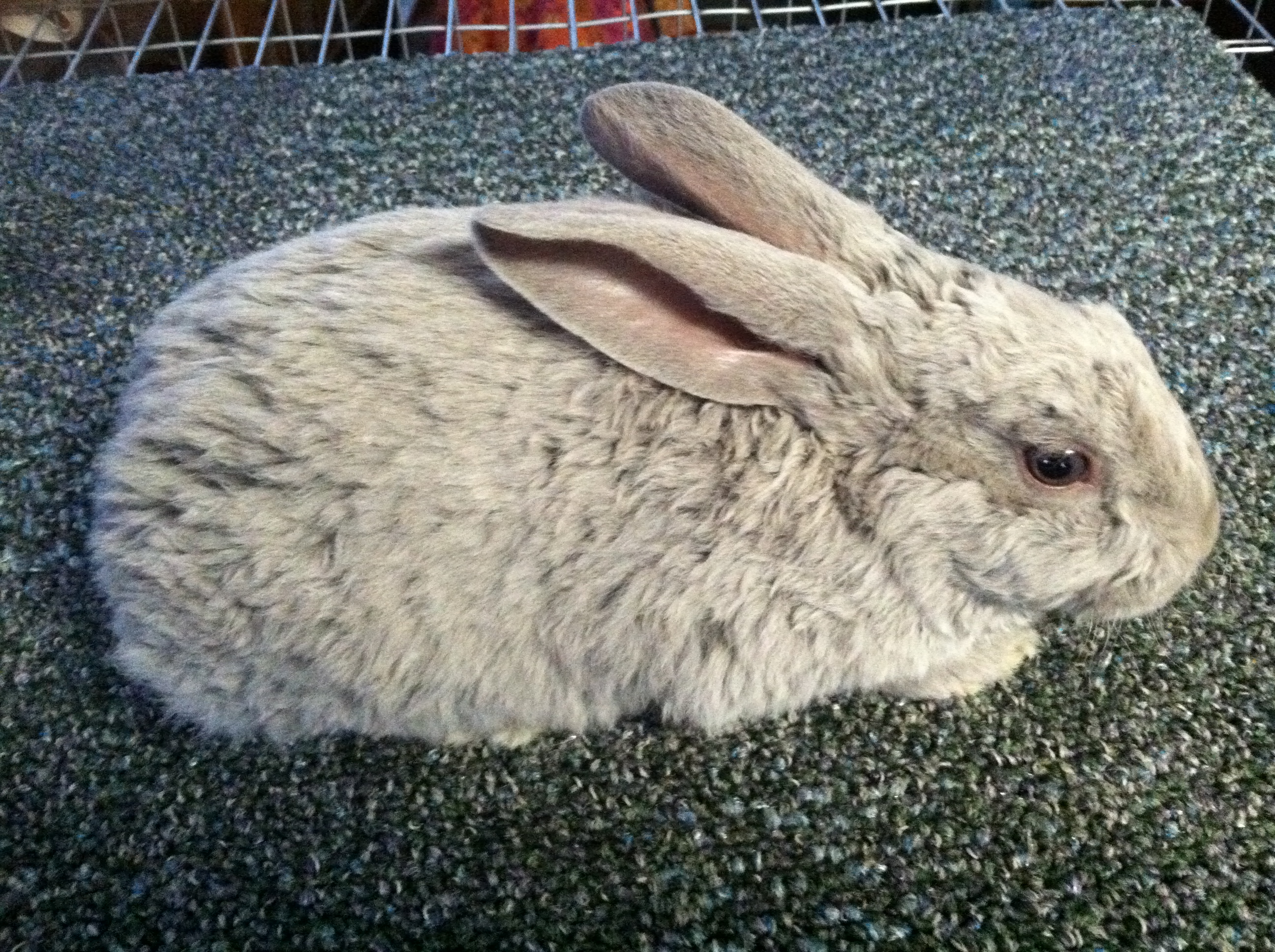
These are purebred Beveren who show a recessive gene that is a throwback to the 1920’s when the Rex gene was introduced to Beveren as a coat option. This happened to many breeds at that time, before there were firm standards. We picked up Rumple from another breeder as a pet. Their fur is extremely soft like a Rex but with a wave. We do not breed for these but they do pop out from time to time.
Weird Ones
Sometimes we get weird ones. Sabina was a genetic mutant, a Chimera – when the zygotes of two individual rabbits fuse into one. She is a blue and a white rabbit fused, carrying two separate sets of DNA! This is how she can be red eyed with blue spots.
Unfortunately chimerism isn’t replicatable or we’d have a whole herd of her by now. She seemed to have a split personality to go with the two-sets of DNA. We loved her and mourn her untimely loss. One of the reasons we had to be happy to leave Coastal California behind was to get away from myxomatosis, a mosquito-transmitted disease that plagues that area, and which took out many beloved bunnies.
Former breeds:
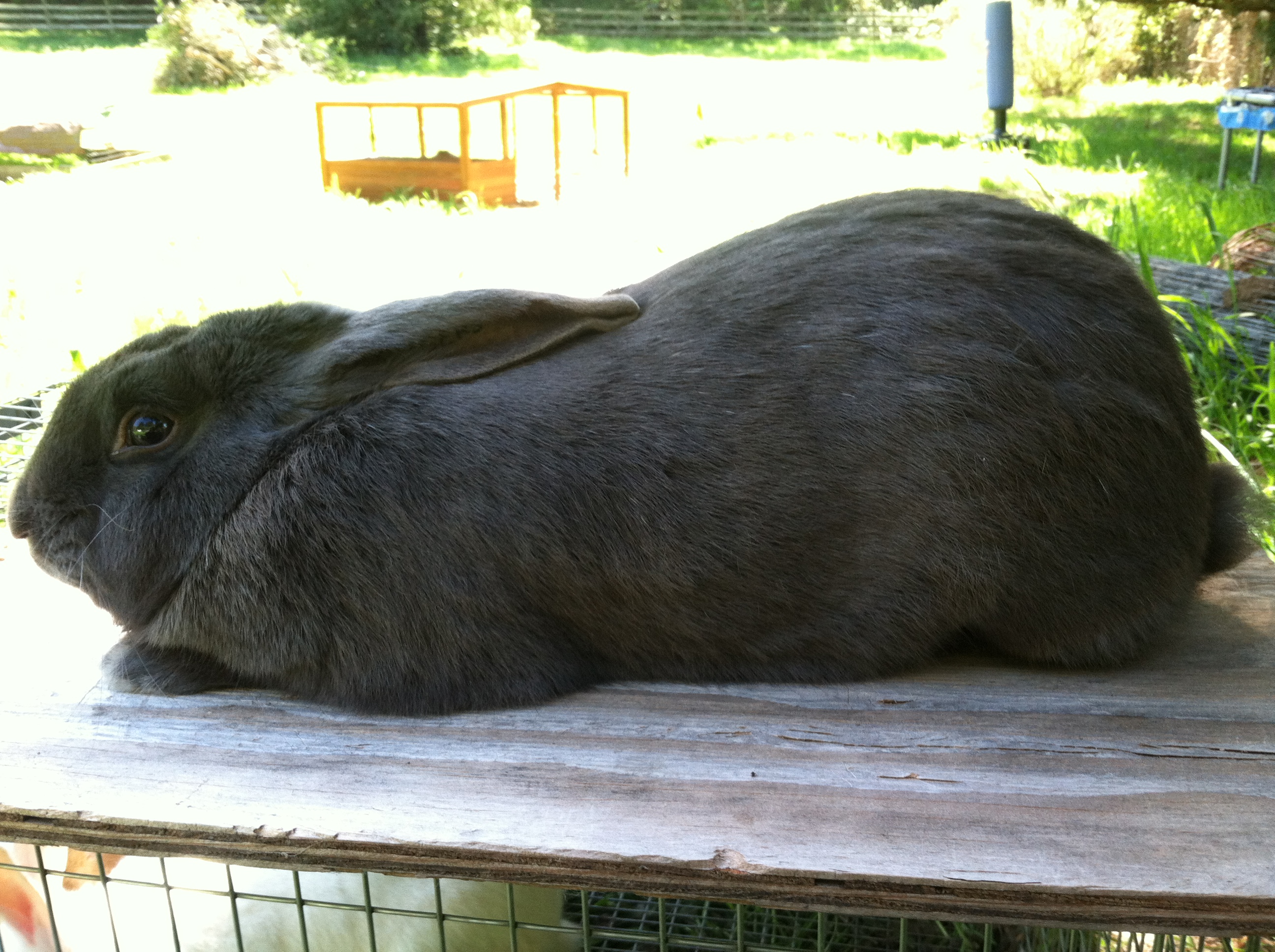
American
A mandolin shaped rabbit with a pleasant demeanor, and a rich deep blue coat, and also white. We enjoyed our Americans in communal and colony living. They tend to be less territorial or aggressive and I see many does able to coexist in harmony together. They are a big rabbit. The American was originally called the German Blue and was renamed after WWI. It was introduced as a breed in 1917. Its listed as critical by the Livestock Conservancy.
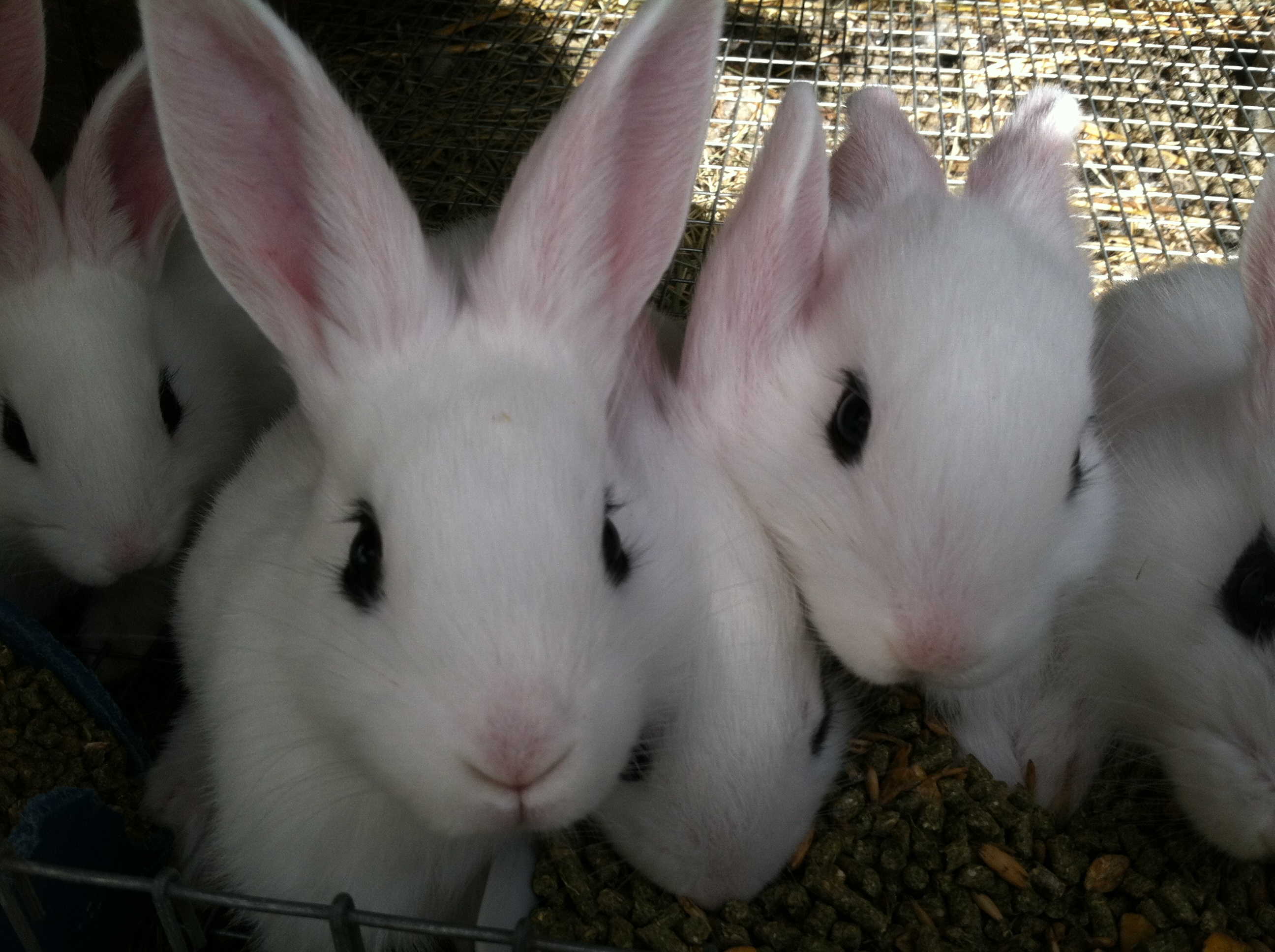
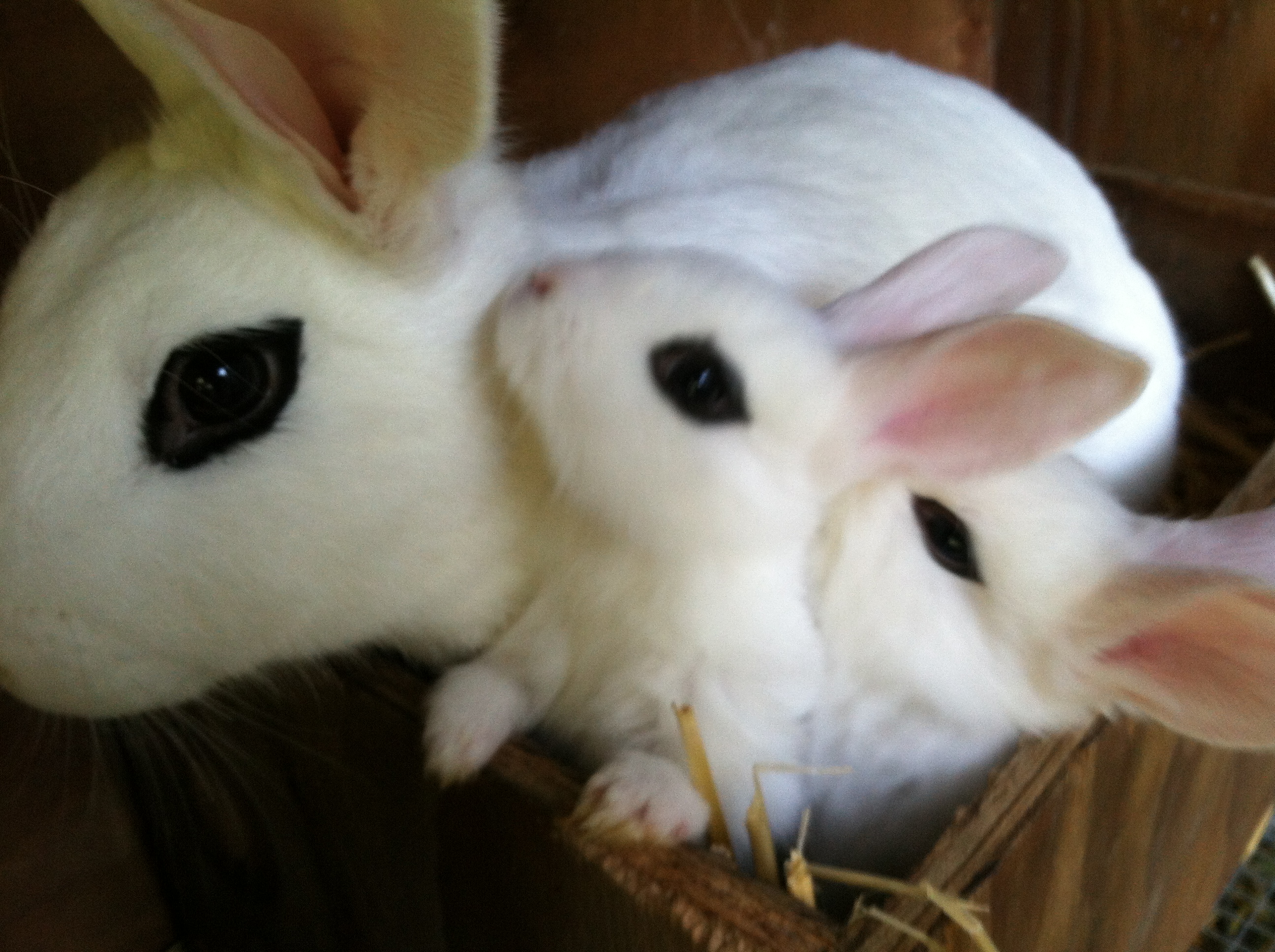
Blanc de Hotot
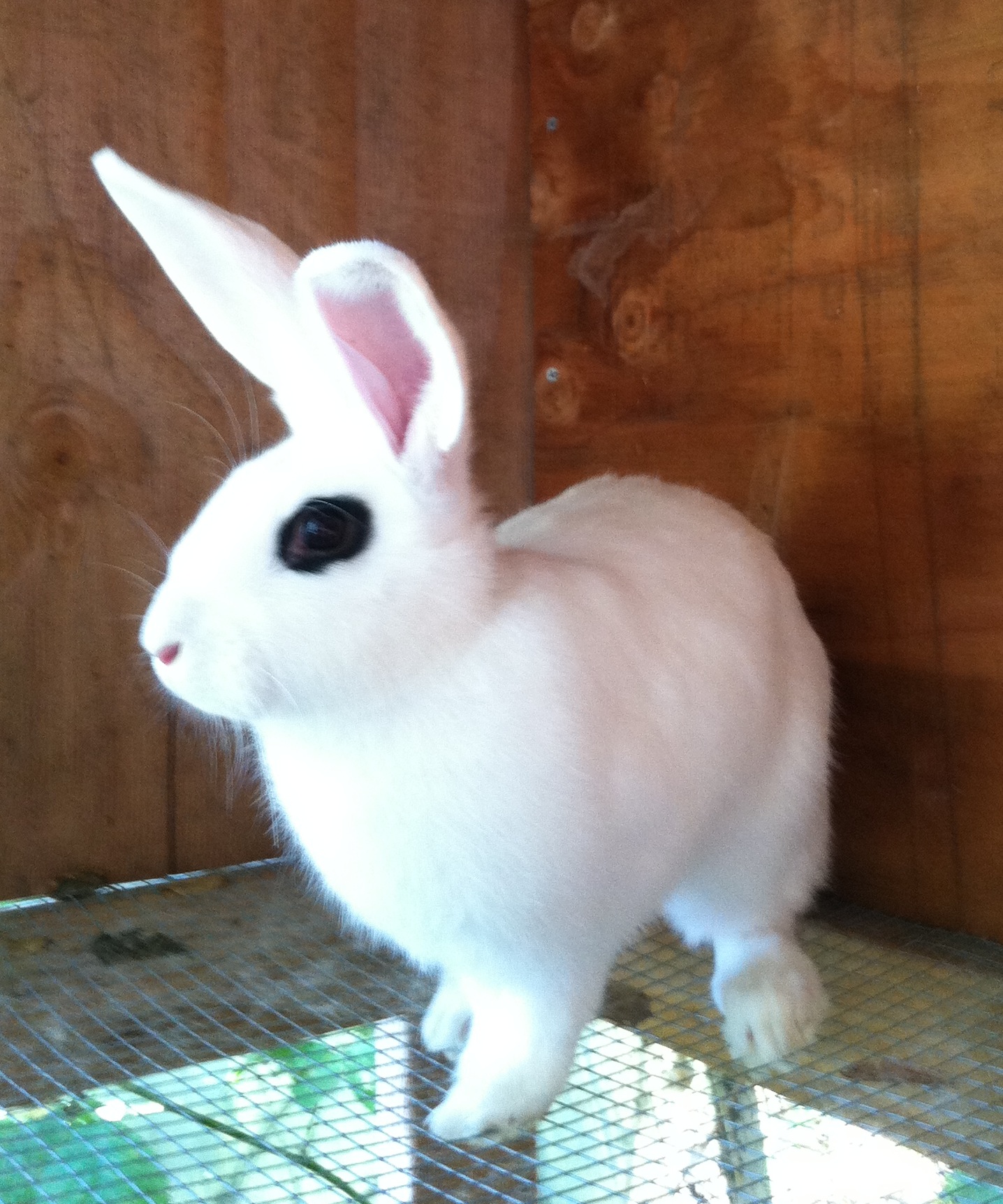
Most exotic of the meat variety of rabbits is the Blanc de Hotot. Listed as Threatened by the Livestock Conservancy, this breed by ARBA breeder tallies list it as one of the most critically endangered in the U.S. Very few pure bloodlines exist in the country. The breed dates back to 1912 in France, while the original imports of this breed into the U.S. occurred in the 1970’s with the first showing in 1978. The original breed has very unique fur with a frosted sheen and the distinctive black markings around the eyes much like black eyeliner, making this rabbit very beautiful (and inspiring Arabic and Egyptian names!) Imports from Germany and France have occurred in recent years to regain the vigor and vitality of the breed and to reclaim the fur characteristics. Ask around for those who raise purebreds and have the imported French lines for strongest viability.
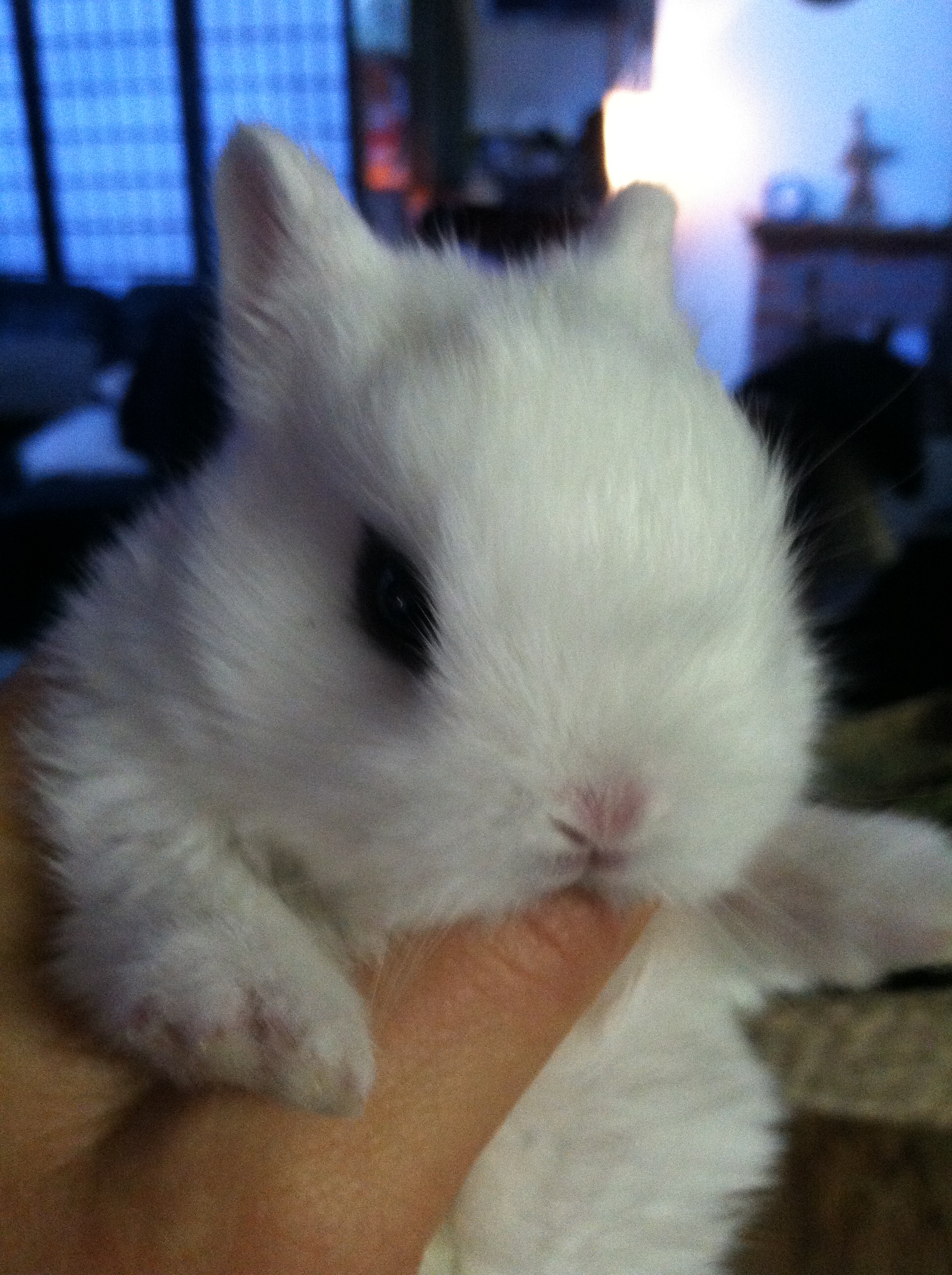
Dwarf Hotot
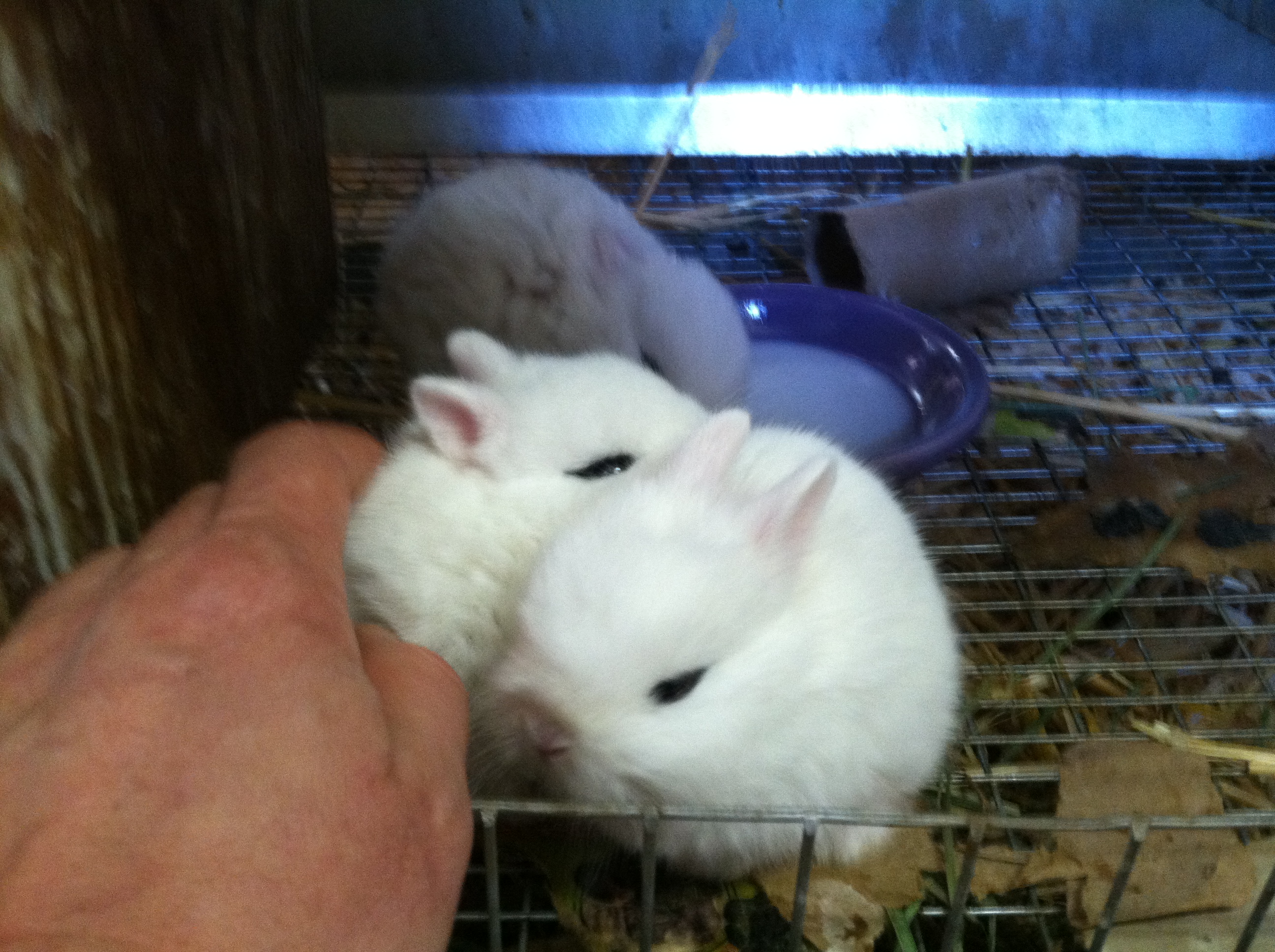
This breed is fairly uncommon. It is not listed as endangered or a heritage breed. This is a small breed, rabbits weighing 2-3 lbs. This is the dwarf version of the Blanc de Hotot. These rabbits are mostly coveted for pets, and for show. The lines I had were very personable, having originated in a home who used them for petting zoo parties. They were friendly and appear to enjoy being pet. Being a small breed they tend to be a little more high energy but with all that bouncing around, settle in for a good long petting session just the same.
Why don’t we still raise them? A couple reasons: eating a rabbit this small and cute is near impossible, and it’s easy for Hotots big or small to get DQ’s from the show table. It’s easy to end up with too many for this reason, as there isn’t a ton of pet homes for rabbits.
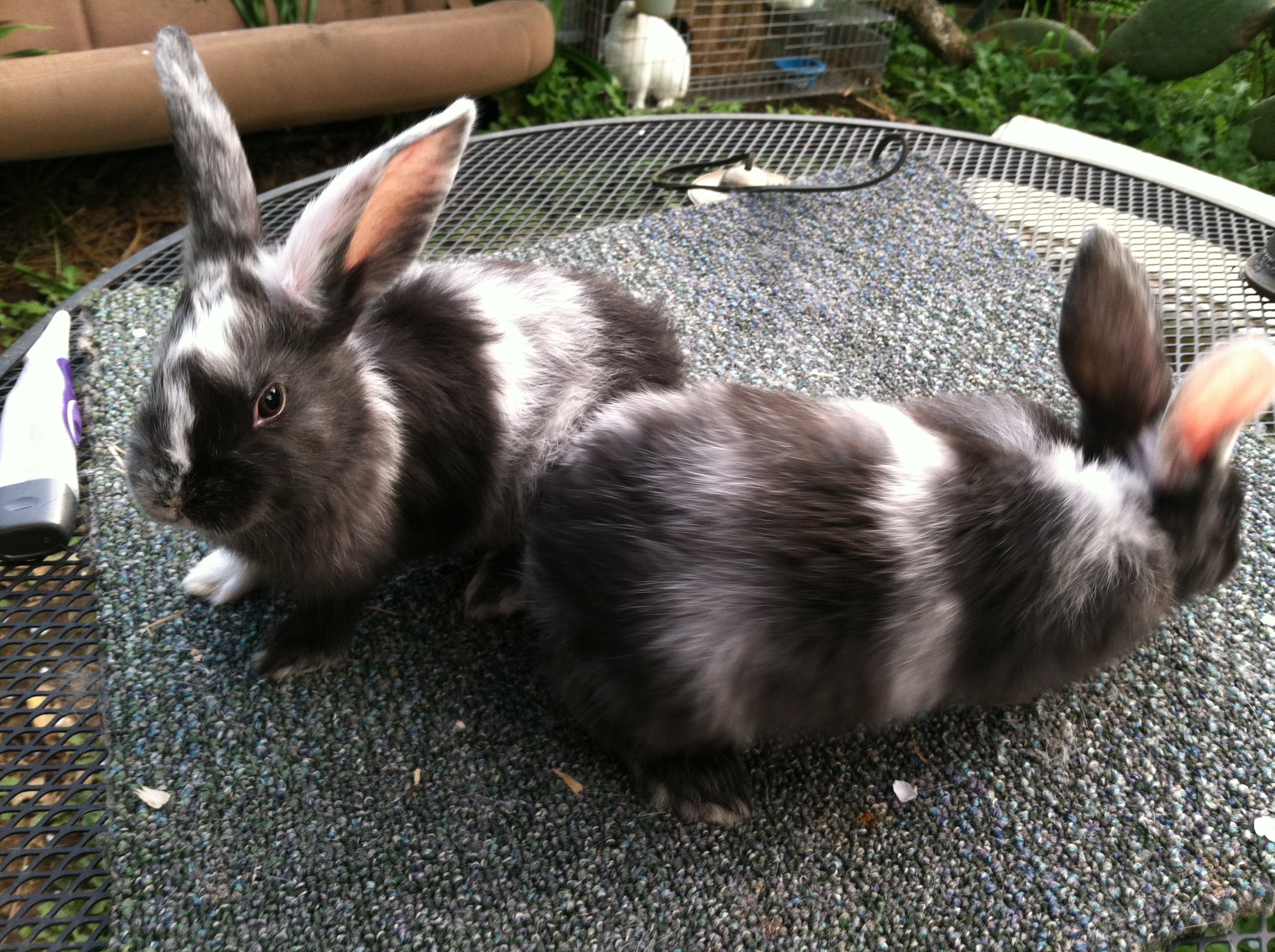
Harlequin
A lively, bright little animal, with exceptional mothering skills, a very fine temperament make the Harlequin ideal for both a meat breed and as pets. This breed would be ideal in the new sport called “Hopping” or “Rabbit Agility” as the Harlequin is very smart, and exceptionally athletic, leaping with ease over any fences. In fact it appears any attempt at containing a Harlequin provides simply another interesting puzzle to solve for their inquisitive minds.
When I experienced Harlequins in the house (to let the new youngster bond with me) I was subjected to her flying through the air and landing gracefully in my lap for a petting session. They very well might be acrobats and gymnasts, if Harlequin could be.
They have a solid build on a fine bone. Another French breed, this one is quite old dating back to the 1800’s. Originally called the Japanese, this rabbit experienced a name change after WWII when “Japanese” became unpopular. We had all the colors here at Trickster Hares, and miss this breed very much. Harlequin is listed as Watch status by the Livestock Conservancy, and are quite rare on the West Coast.
On a curious note, this breed is the only one that seemed to have some resistance to the myxamatosis virus!
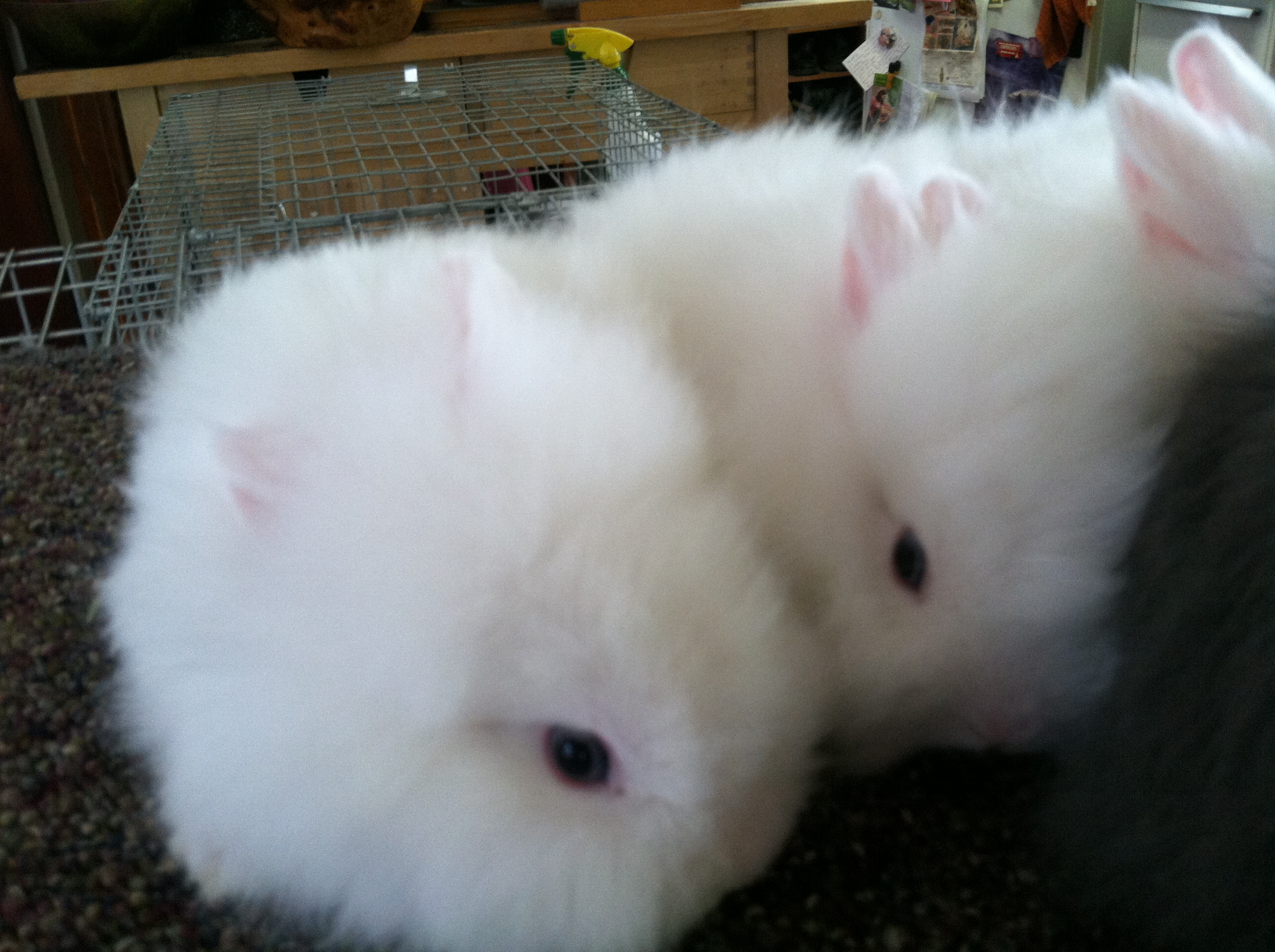
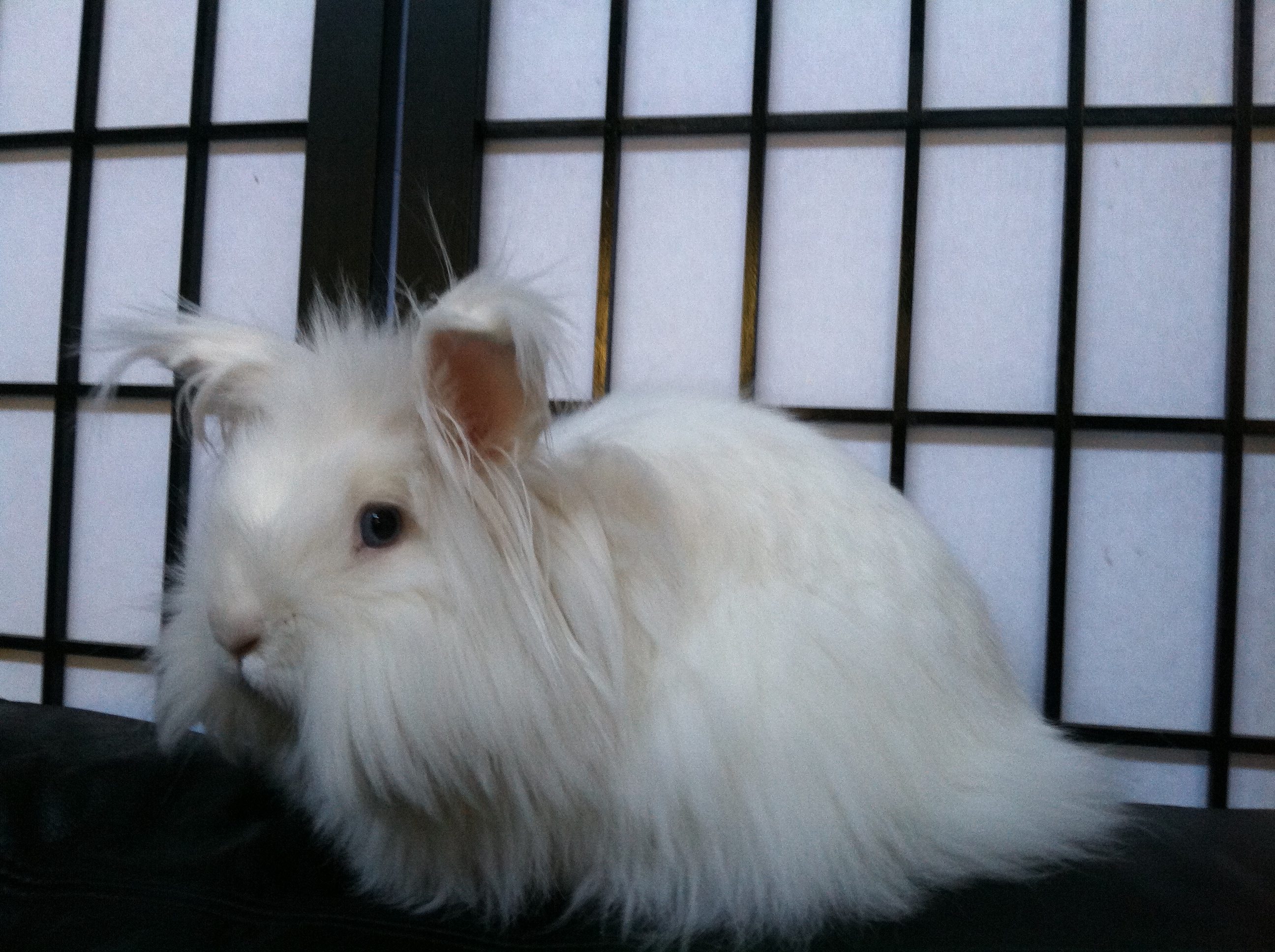
Lionheads
Cute as buttons, that fluff needs constant grooming! Not the most sociable animals or we would have kept them for fancy and housepets… take the cake with cuteness though for those who match their personality- there’s someone for everyone!
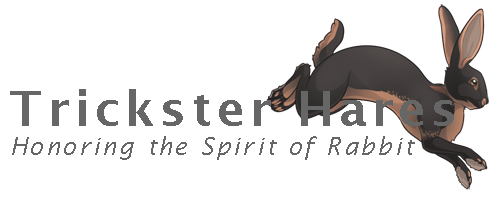
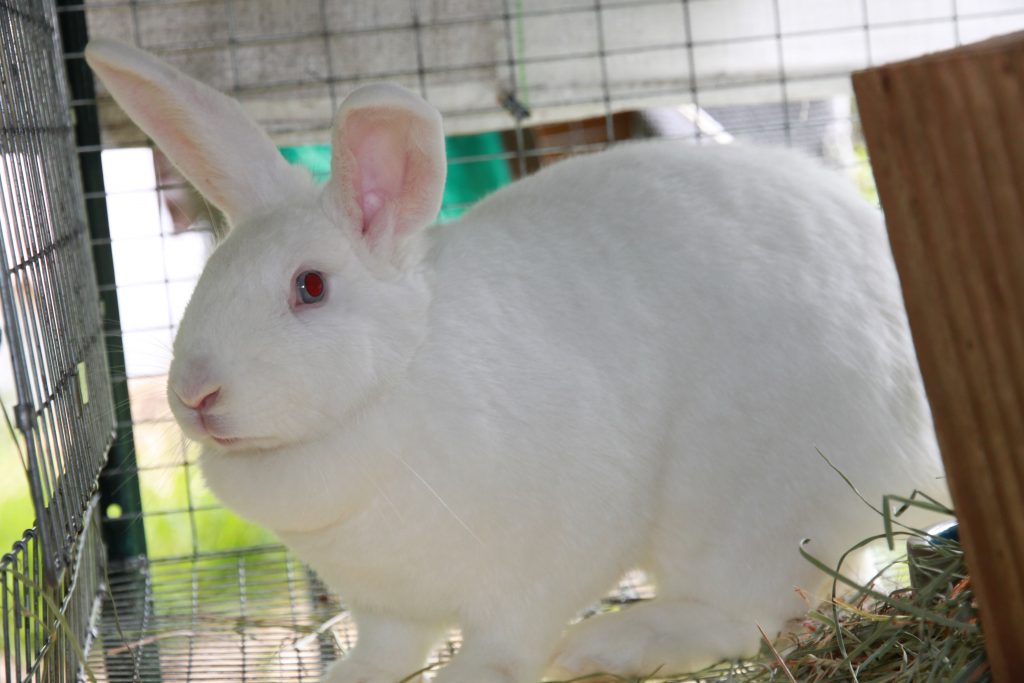

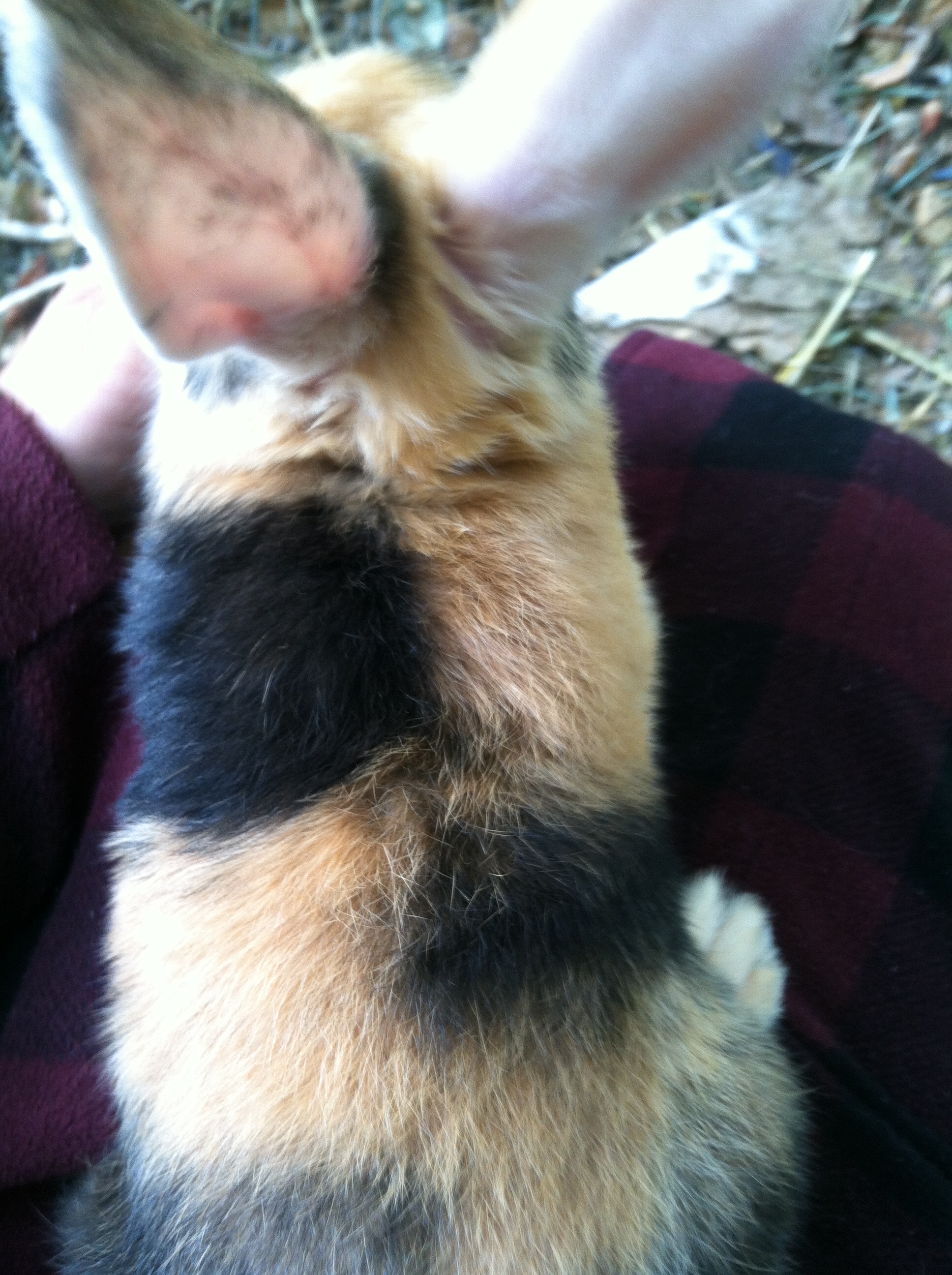
I kinda want to get some Belgian hare but don’t know any breeders around I’m from Illinois I don’t mind a drive just looking for recommendations
Hi Rick, please check out the BH club website, there are breeders in your area.